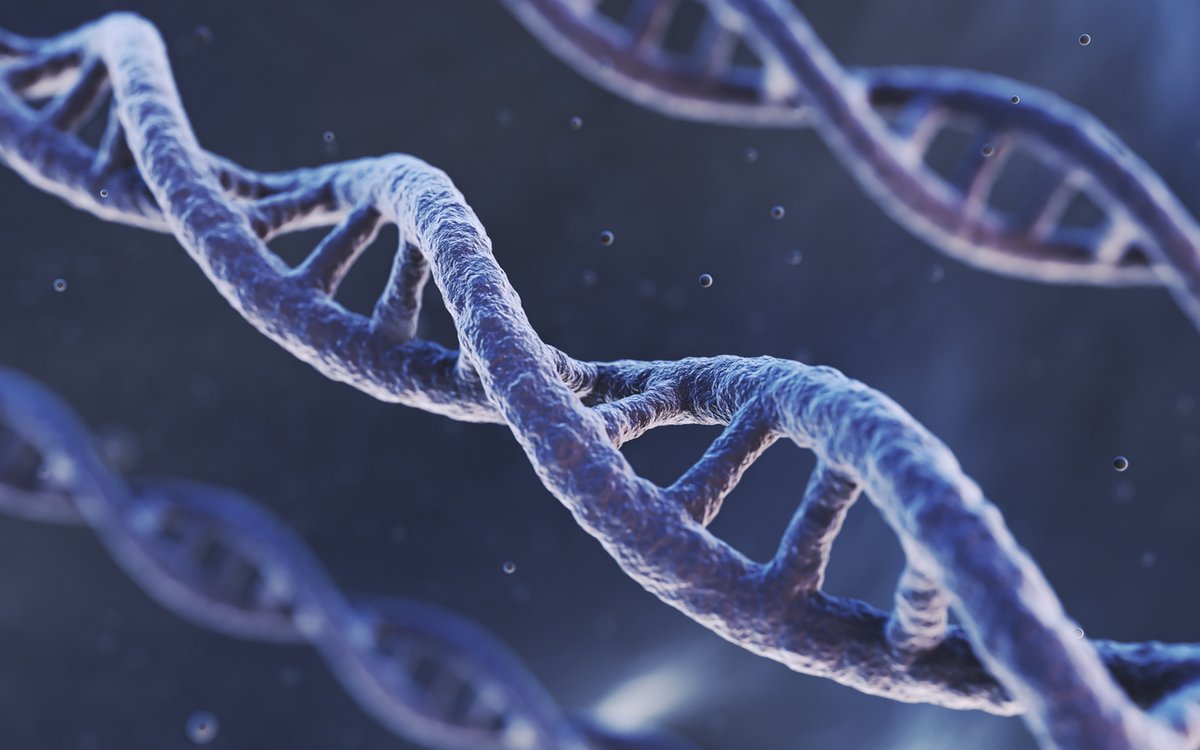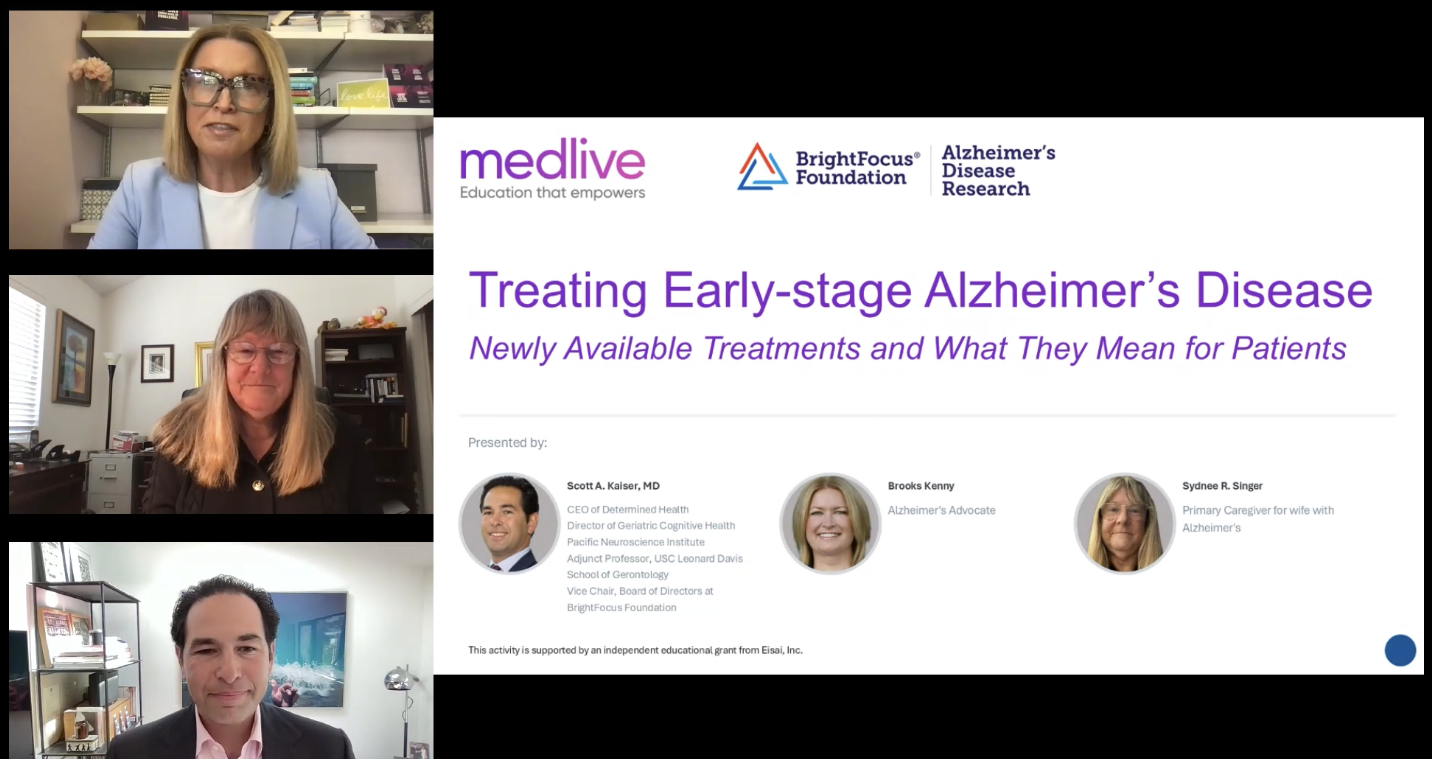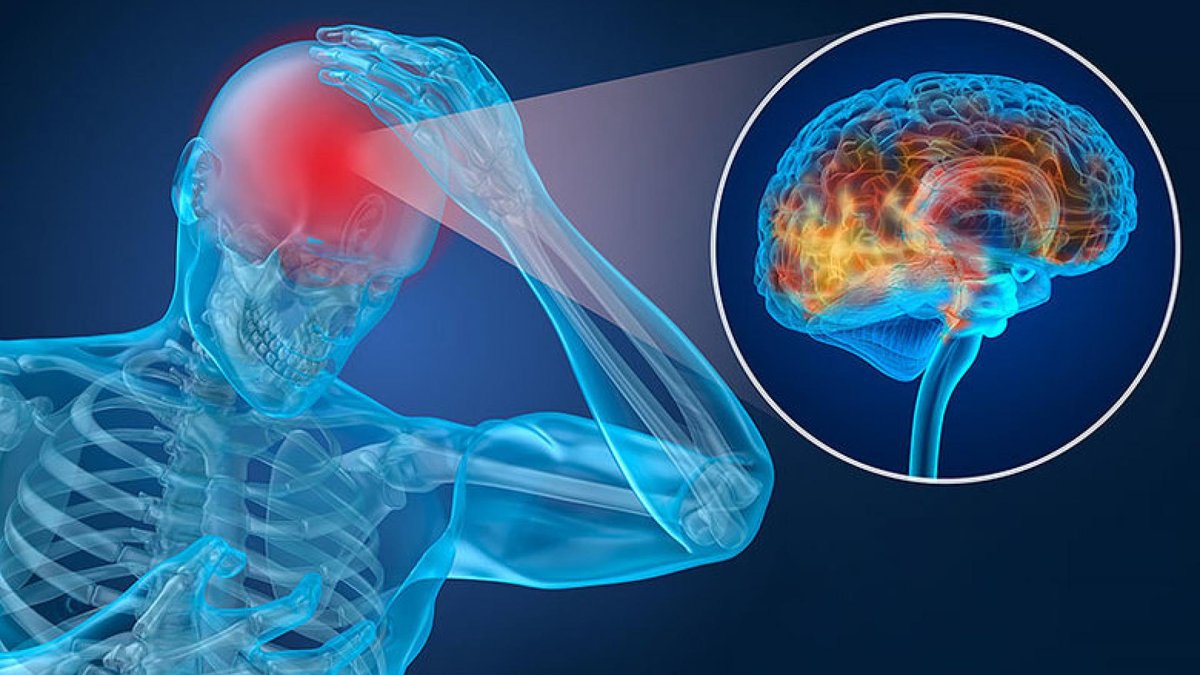
Learn the role that genes play in the risk of developing the early- and late-onset forms of Alzheimer’s disease.
“How could this happen to Bill?”* Bill’s wife wiped her eyes with one hand as she recounted the history of her husband’s slow cognitive decline. At age 73, having sold his small business and made plans for a comfortable retirement, he started to show increased difficulty when trying to recall recent events. Finding the right word, too, became more of a problem and one day he had trouble finding his way home from an unfamiliar location. His wife insisted that he be evaluated for neurocognitive impairment. A diagnosis of major neurocognitive disorder with probable Alzheimer’s disease was made. Bill and his wife told me that his mother had been diagnosed with Alzheimer’s disease in her 70’s. “Is this a genetic disease?”
*Vignettes are fictionalized to protect the confidentiality of the individuals whose stories inspired them.
Genes: A Blueprint for Health and Disease
The genes encoded in our DNA are profoundly involved in many aspects of our health. They act as a sort of blueprint for the construction, operation, and repair of our bodies throughout life. Genes provide instructions for the creation and regulation of our body’s building blocks. We inherit one copy of each gene from each of our parents, which is one reason why every person (excluding identical siblings) has a unique appearance and metabolism.
The effects of a gene can be dramatically changed by mutation of even one pair of its molecules. Specific versions of genes, called alleles, are passed down through a family’s lineage, potentially creating an entire population of people who share a healthy characteristic such as resistance to cancer, a more neutral characteristic such as eye color, or a heightened risk for a specific disease such as Alzheimer’s disease.
Many of us have learned about Mendel, who was an Austrian monk, and the pea plants he bred as he discovered basic principles of genetic inheritance. Just as with Mendel’s plants, some physical characteristics can be transmitted to our offspring through the inheritance of even one version of a gene. Many diseases are inherited this way, too.
Autosomal dominant is a term for a gene version that is so influential just one copy will dominate other factors. The gene is located on one of the 22 paired chromosomes (not the X or Y sex chromosomes), hence the term autosomal. It also overwhelms the effect of any other version of the gene that is present, which is why it is called dominant. To answer Bill’s question about whether Alzheimer’s is a genetic disease: Alzheimer’s can be transmitted this way, but such direct transmission from parent to child is actually rare.
Research advances in genetics and proteomics (the large-scale study of proteins) have allowed for the screening of astoundingly large numbers of genes and proteins. This approach identifies a more complex relationship between genes and diseases. Gene or protein variations, linked statistically with the presence of specific diseases, sometimes point the way to a deeper understanding of disease processes or potential treatments. Instead of expecting one gene to bear responsibility for the transmission of a disease, we have now learned that susceptibility to a disease may be influenced by the presence of one or more genes related less directly to the disease itself.
Early-Onset Alzheimer’s Disease
An estimated one in twenty people with Alzheimer’s have the early-onset form (EOAD), clinically apparent by age 60. Only a small percentage of these have developed the disease because of an autosomal dominant inherited version.
Three separate gene versions account for the large majority of inherited early-onset Alzheimer’s. These genes, APP (amyloid precursor protein), presenilin 1 (PSEN1), and presenilin 2 (PSEN2), all affect the development of toxic beta-amyloid, a protein infamous for its participation in Alzheimer’s amyloid plaques. PSEN1 is the most common, followed by APP. PSEN2 mutations have been found in only a small number of families.
Late-Onset Alzheimer’s
Much more commonly, the clinical symptoms and signs of Alzheimer’s become apparent after age 60, and the condition is called late-onset Alzheimer’s disease (LOAD or “sporadic AD”). In the case of LOAD, a number of genes have been identified by these statistical approaches.
The most important of these is the E4 version of the apolipoprotein gene, referred to as ApoE4. The E4 version is known to increase the risk of LOAD by a factor of 2 or 3. People who have two copies of E4 have a 12-fold risk. Apolipoprotein E is thought to interact with the accumulation and removal of the amyloid protein, but its exact role in AD is still being determined. Interestingly, the E2 version may increase resistance to the development of AD.
Bill was offered further evaluation and the findings of neurological examination, blood tests, and neuroimaging were consistent with a diagnosis of LOAD. A trial of cognitive enhancer medication was prescribed, and a program of diet, exercise, cognitive stimulation, and meaningful activity was planned. Late-onset suggested that testing for the EOAD genes wouldn’t be informative. Testing for APOE versions, which Bill’s wife requested, is not generally recommended in the absence of a clearly linked therapeutic consequence, but Bill later obtained this test on his own through a popular internet-based genetic testing service. He learned that he did indeed carry one E4 version and he encouraged his children to reduce their risk of cognitive decline through adopting a brain-healthy lifestyle.
Summary
So, is Alzheimer’s a genetic disease? The answer is complicated.
A number of genes have been identified that increase the risk of developing late-onset Alzheimer’s. However, genetic risk factors alone are not enough to cause the disease, so researchers are actively exploring diet, education, and environment to learn what role they might play.
However, for a small percentage of the people who develop early-onset Alzheimer’s, the disease is entirely genetic. Researchers have discovered three genes that can cause this form of the disease, and if someone inherits any one of these genes from either parent, they will likely develop Alzheimer’s before age 65.
About BrightFocus Foundation
BrightFocus Foundation is a premier global nonprofit funder of research to defeat Alzheimer’s, macular degeneration, and glaucoma. Through its flagship research programs — Alzheimer’s Disease Research, Macular Degeneration Research, and National Glaucoma Research— the Foundation has awarded nearly $300 million in groundbreaking research funding over the past 51 years and shares the latest research findings, expert information, and resources to empower the millions impacted by these devastating diseases. Learn more at brightfocus.org.
Disclaimer: The information provided here is a public service of BrightFocus Foundation and is not intended to constitute medical advice. Please consult your physician for personalized medical, dietary, and/or exercise advice. Any medications or supplements should only be taken under medical supervision. BrightFocus Foundation does not endorse any medical products or therapies.
- Genetics










